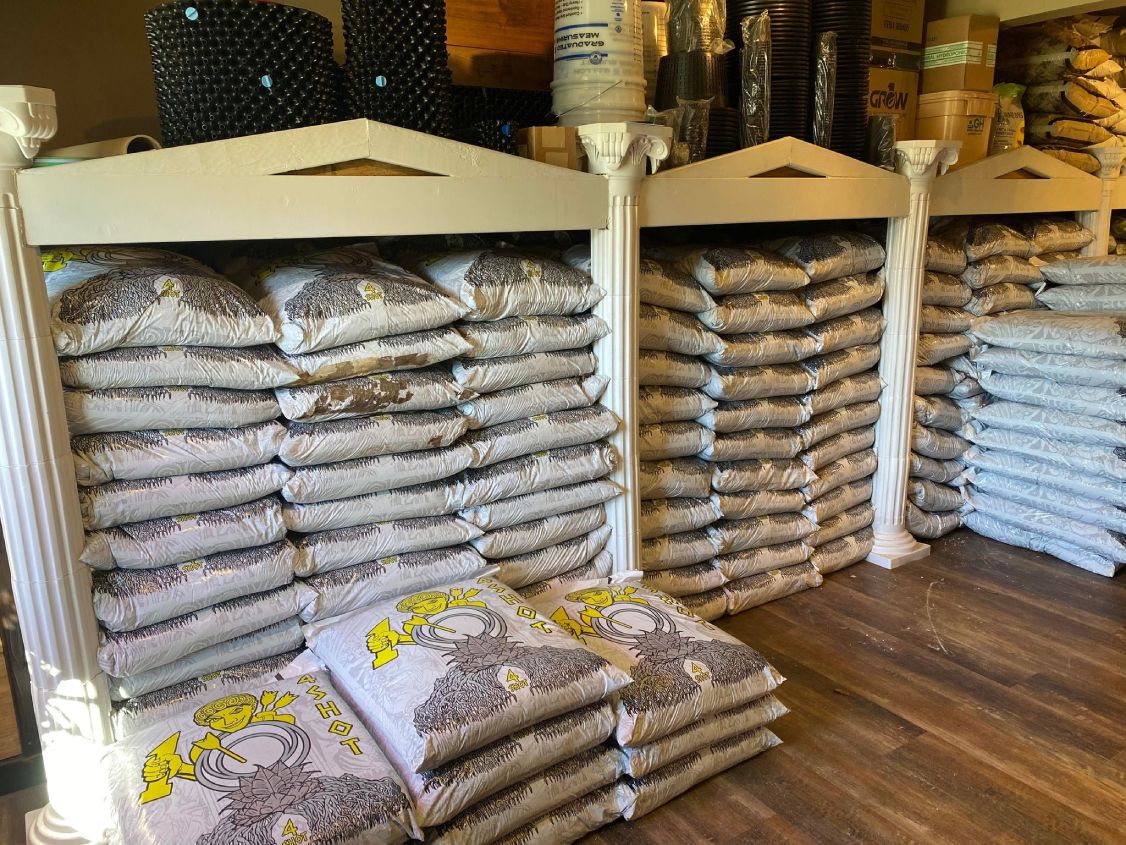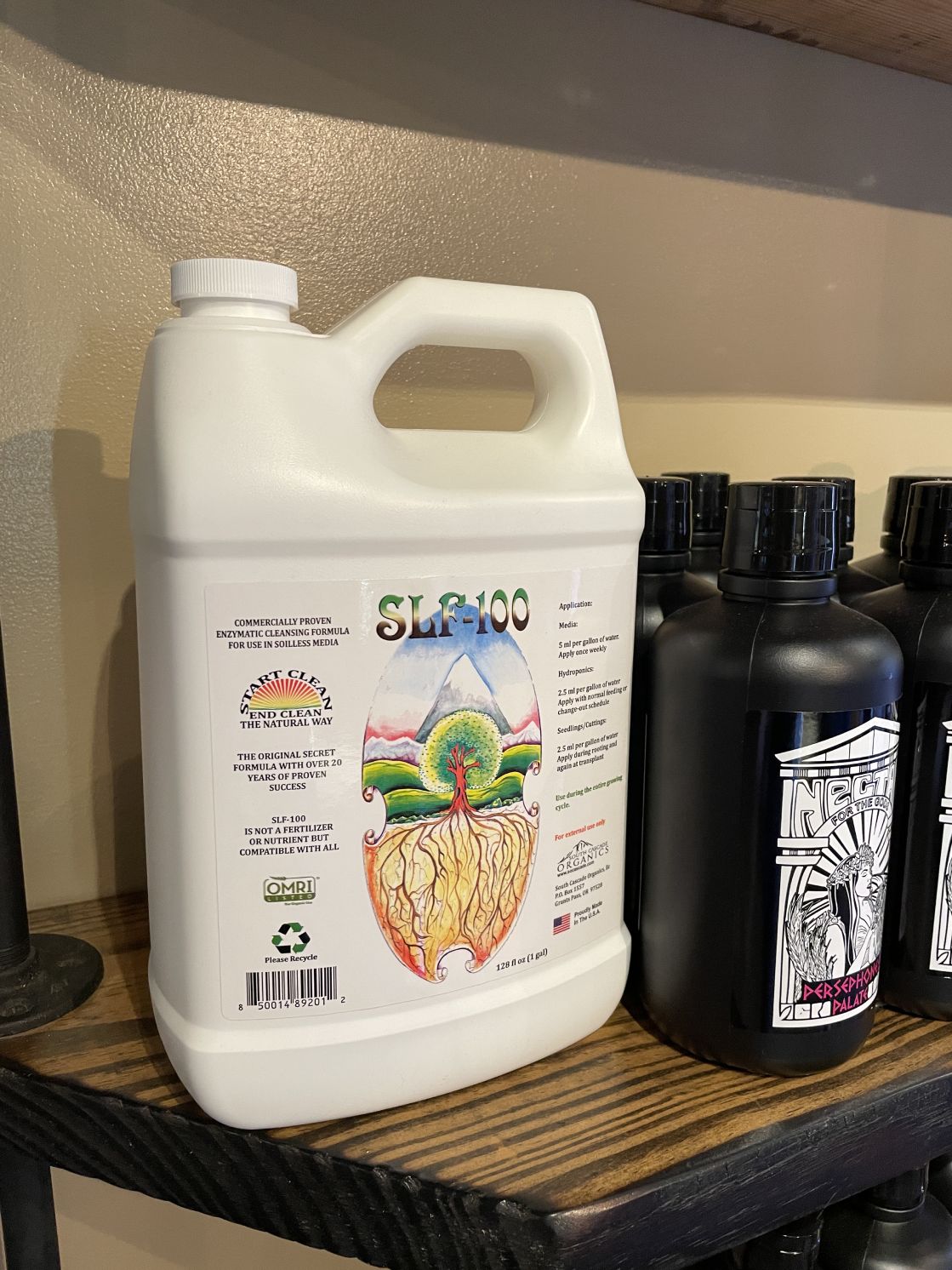The Indoor Earthworm Method: A Game-Changer in Planting Techniques
The Indoor Earthworm Method: A Game-Changer in Planting Techniques
Blog Article
Using the Power of Hydroponics: a Deep Study Uses and Different Kinds
In the world of modern-day farming, hydroponics has actually emerged as a method that challenges standard farming techniques by offering a space-saving and water-efficient alternative. The utilization of hydroponic systems opens a world of possibilities for cultivating plants in diverse atmospheres, eventually impacting food manufacturing and sustainability. As we browse via the intricate landscape of hydroponics, exploring its various kinds and applications, a deeper understanding of its prospective to revolutionize farming practices and address global food security problems starts to unravel.
Benefits of Hydroponic Farming
Hydroponic farming provides numerous advantages over standard soil-based farming. One of the primary advantages is water effectiveness; hydroponic systems use up to 90% much less water compared to standard farming techniques.
Moreover, hydroponic farming permits higher control over nutrient degrees, bring about faster plant growth and higher returns. By providing crucial nutrients directly to the plant origins, hydroponic systems promote much healthier and much more durable plant advancement. In addition, the controlled setting of hydroponic systems reduces the threat of insects and conditions, decreasing the demand for damaging chemicals and herbicides.

Usual Types of Hydroponic Systems
Given the countless advantages of hydroponic farming, it is necessary to explore the different common types of hydroponic systems used in contemporary farming. One prevalent type is the Deep Water Society (DWC) system, where plant origins are submerged in a nutrient option. One more typical system is Nutrient Film Strategy (NFT), which entails a thin film of nutrient-rich water streaming over the roots - The Indoor Earthworm. The Ebb and Circulation system, additionally called Flooding and Drain, periodically floods the plant origins with nutrient solution before draining it. Aeroponics stands out for its technique of putting on hold plant roots airborne and misting them with a nutrient solution. Leak systems supply a regulated quantity of nutrient remedy directly to the plant's base. Wick systems, the easiest kind of hydroponics, use a wick to passively provide vitamins and mineral service to the plant origins. Each of these systems caters and provides special advantages to different plant types and development phases in hydroponic farming.
Nutrient Movie Strategy (NFT) System

One of the vital benefits of the NFT system is its water performance. The Indoor Earthworm. Because the nutrient remedy is recirculated in a closed system, this technique makes use of substantially less water compared to standard soil farming. Furthermore, the NFT system is space-efficient, making it ideal for indoor farming or in locations with limited area for typical agriculture
Nevertheless, the NFT system requires cautious surveillance and upkeep to guarantee the constant circulation of water and nutrients. Any type of disturbance in the flow can quickly affect plant health and wellness. On the whole, the NFT system uses a efficient and sustainable means to grow plants hydroponically, specifically for crops that prosper in well-oxygenated root atmospheres.
Deep Water Society (DWC) System
Relocating from the Nutrient Film Method (NFT) system, the Deep Water Society (DWC) system is a hydroponic method that includes putting on hold plant origins straight in a nutrient solution. Unlike NFT, where roots are continually subjected to a thin film of nutrient service, DWC plants have their roots submerged in a storage tank full of aerated nutrition water. The origins hang in the nutrient option, enabling for straight uptake of water and necessary nutrients.
Among the vital my link benefits of the DWC system is its simplicity and low upkeep demands. The continuous access to oxygen and nutrients advertises fast growth and greater returns. Nevertheless, DWC systems require adequate oygenation to stop origin rot and guarantee ideal nutrient absorption. Normal tracking of pH degrees and nutrient focus is essential to prevent inequalities that can damage plant health and wellness.
Aeroponic System
An innovative technique in hydroponics cultivation, the Aeroponic System makes use of a misting or fogging system to deliver nutrients directly to plant origins suspended airborne. This system is known for its capacity to promote fast development and effective nutrient uptake as a result of the direct shipment of nutrients to the origins, allowing the plant to concentrate its power on growth as opposed to searching for nutrients. In an aeroponic configuration, plants are typically housed in a shut setting where the roots are periodically misted with a nutrient remedy. This misting cycle guarantees that the origins obtain sufficient oxygen, advertising healthy and balanced root advancement and total plant growth.
Among the vital benefits of aeroponics is its water efficiency, as the system utilizes substantially much less water contrasted to traditional soil-based farming methods. Additionally, the accurate delivery of nutrients directly to the roots can lead to higher yields and faster growth rates. While aeroponics can be more complex to set up and keep compared to various other hydroponic systems, its possibility for boosted plant development and effectiveness makes it a popular option for commercial farmers and hydroponic fanatics looking for optimum outcomes.
Final Thought
Finally, hydroponic farming provides various benefits and numerous types of systems to select from. The Nutrient Film Strategy (NFT) system, Deep Water Society (DWC) system, and Aeroponic system are among the most typical techniques used in hydroponics. Each system has its own benefits and restrictions, making it necessary for farmers to very carefully consider their needs and choices before selecting one of the most ideal system for their crops.
Unlike other hydroponic systems where plants are immersed in a nutrient option, in the NFT system, the roots are subjected to the water just in a shallow film.Relocating from the Nutrient Film Strategy (NFT) system, the Deep Water Culture (DWC) system is a hydroponic approach that entails putting on hold plant roots straight in a nutrient service.An ingenious approach in hydroponics growing, the Aeroponic System utilizes a misting or misting system to deliver nutrients straight to plant roots put on hold in the air. The Nutrient Film Strategy (NFT) system, Deep Water Culture (DWC) system, and Aeroponic system are amongst the most typical methods made use of in hydroponics. Each system has its own advantages and restrictions, making it about his important for farmers to meticulously consider their requirements and choices before picking the most appropriate system for their browse this site crops.
Report this page